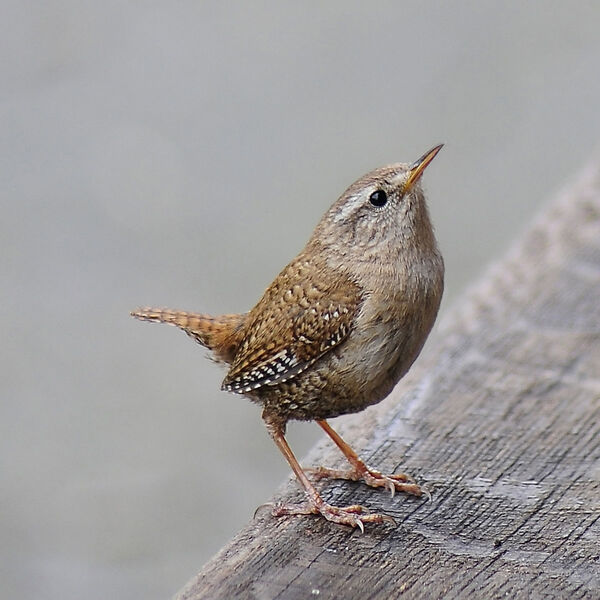

ello! (they/them)




good question!! I actually might have been mistaken by saying sea salt was an INP (whoops).
Sea salt is a great condensation nuclei (CCN). CCN allow cloud droplets to form instead of ice crystals.
For cloud seeding to work well, it’s better to seed with INP instead of CCN because if you encourage lots of droplets to form, all you get is a bunch of really tiny droplets, making a really bright white cloud (no rain!). (Side note: that’s why rain clouds look dark: they’re made of fewer really big droplets.)
Adding sea salt to clouds is a thing though! It’s been proposed as Marine Cloud Brightening - adding lots of sea salt to the air over the ocean, making the earth more reflective to combat further global warming.
As far as I know, most inorganic salts are good INP or CCN, but have varying efficiencies. Sea salt dissolves in liquid water whereas silver iodide doesn’t, and silver iodide has the right sort of hexagonal crystal lattice for ice to start sticking to. So silver iodide is a great INP whereas sea salt is a great CCN.
Even longer (and reasonably silly) explanation here: https://www.acsh.org/news/2022/09/01/why-are-clouds-seeded-silver-does-it-work-16538


If you mean climate change, then yeah, obviously humans do influence the climate. In terms of individual scale events (weather, big storms) there’s not any existing technology that exists that can cause a single targeted big storm event.


This article isn’t perfectly scientifically accurate but it’s better than most! For those interested, here’s a better (detailed) explanation of the science:
Cloud seeding works best in supercooled liquid clouds, which start with barely any ice in. For ice to form in clouds, you need INP (ice nucleating particles), aerosols such as sea salt, or dust, for the ice to grow onto. INP can be pretty rare, depending on where you are in the world.
By adding silver iodide (an efficient INP) ice crystals can form. This means the cloud has both ice and liquid water in (a “mixed phase” cloud).
For multiple reasons, ice grows better and faster than liquid cloud droplets (the “Wegener Bergeron Findeisen effect” for one). Because there’s only so much water in the cloud, these ice crystals then grow at the expense of water droplets in the air, allowing for big snowflakes to grow, but droplets evaporate.
This turns it from a cloud with many tiny droplets, into one with big heavy snowflakes, which fall out of the cloud. Before the snowflakes reach the ground, they melt, turning into rain.
TLDR; cloud seeding takes the water already in the cloud, and makes it precipitate slightly more efficiently, but only if you improve the balance of aerosols in the air just right


There is no technology on earth that can make storms of this scale. Cloud seeding doesn’t add any water to the cloud. At most, it causes a very slight increase in rain. If you accidentally cloud seed “too much” you nucleate lots of ice crystals within the cloud, making many tiny ice crystals (which don’t precipitate at all).
They didn’t seed this cloud - but it wouldn’t have done anything if they had.


it’s a feminist movement, in backlash to misogyny and pro-natalism in South Korea (it’s becoming more widespread, though). The 4Bs are the “four no’s”:
It gets a lot of pushback and is called selfish etc. but women are very angry & upset that the government only sees them for their reproductive use, and it’s reasonable to not want to date someone who doesn’t view you as human.


So much beautiful snow photography (stock footage etc) comes from Wisconsin. It’s well known for snow and snow research. Sad to see the landscape changing over there


Surprised to see none of the comments mentioning the 4B movement


It’s a concern already for low-lying atoll islands like those in the Maldives and Tuvalu. Half of Tuvalu’s capital city is expected to be flooded by 2050, but they’ve been seeing the effects for years unfortunately.
It really depends where you are though - my town is at around 100 m elevation and about 80 km inland. When I was a kid, my mum used to have nightmares about tidal waves coming over the horizon because she was so scared of sea level rise.